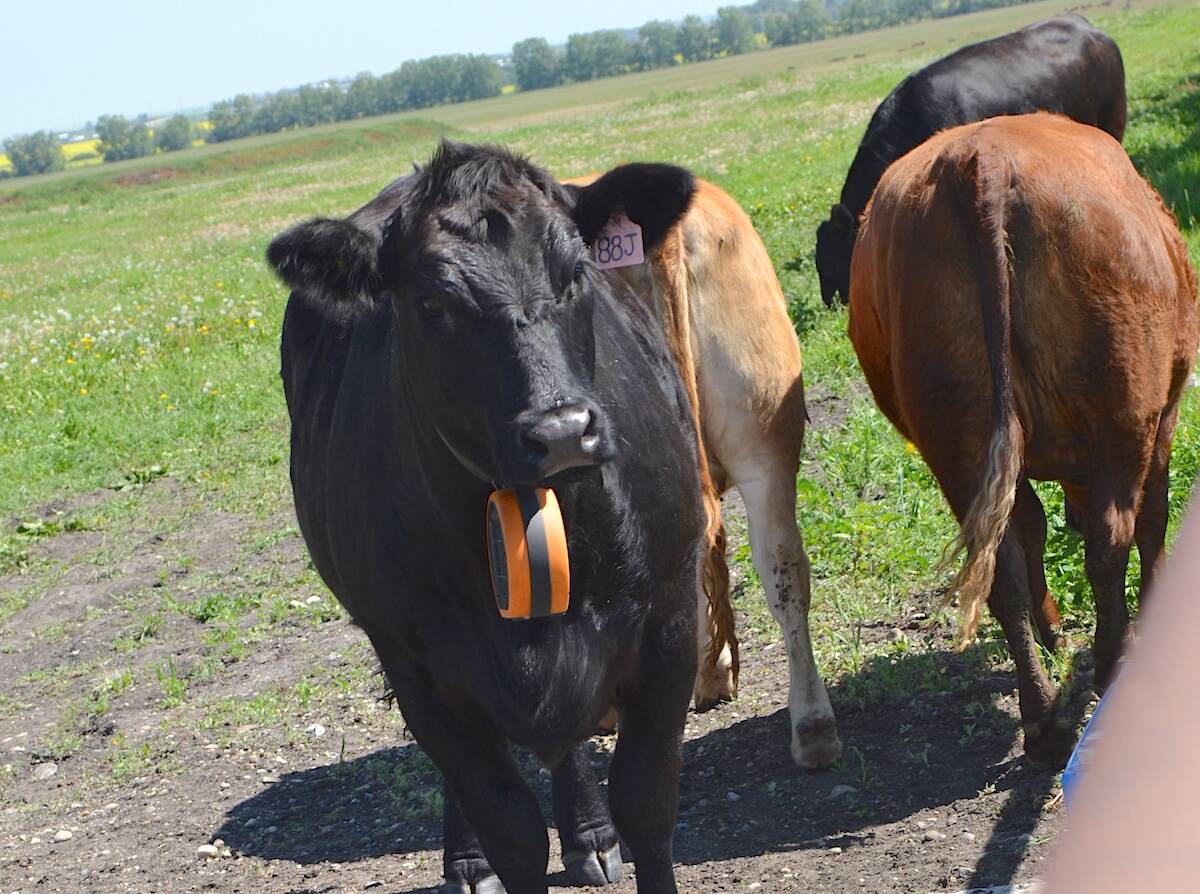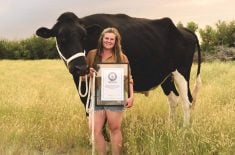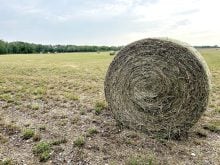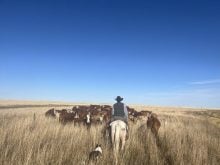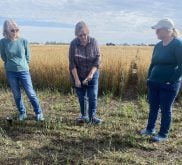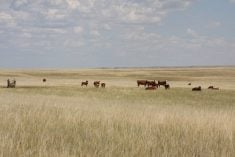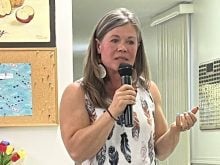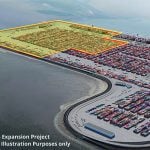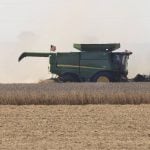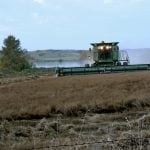Results Driven Agriculture Research (RDAR) has expanded its On-Farm Climate Action Fund (OFCAF) grazing program to include virtual fencing. Virtual fencing is a GPS-based technology that helps Alberta producers manage pastures while saving labour. Virtual fencing also improves sustainability.
Eligible ranchers can receive up to $75,000 for a complete virtual fencing system, including GPS collars, base stations and other rotational grazing infrastructure. A 15 per cent cost-share contribution is required, and funds for 2025 are limited. To qualify, ranchers must be active Albertan producers with at least $25,000 in gross farm income. Projects must be new practices, not routine operations, and applicants will need to work with a Professional Agrologist or Certified Crop Advisor to development a Beneficial Management Action Plan.
The new funding stream will enable cattle producers to adopt invisible fence systems that use GPS- enabled collars and base stations to create and manage grazing zones through a computer or smartphone. The collars train livestock to recognize virtual boundaries through sound cues and mild corrective pulses, if necessary.
Read Also
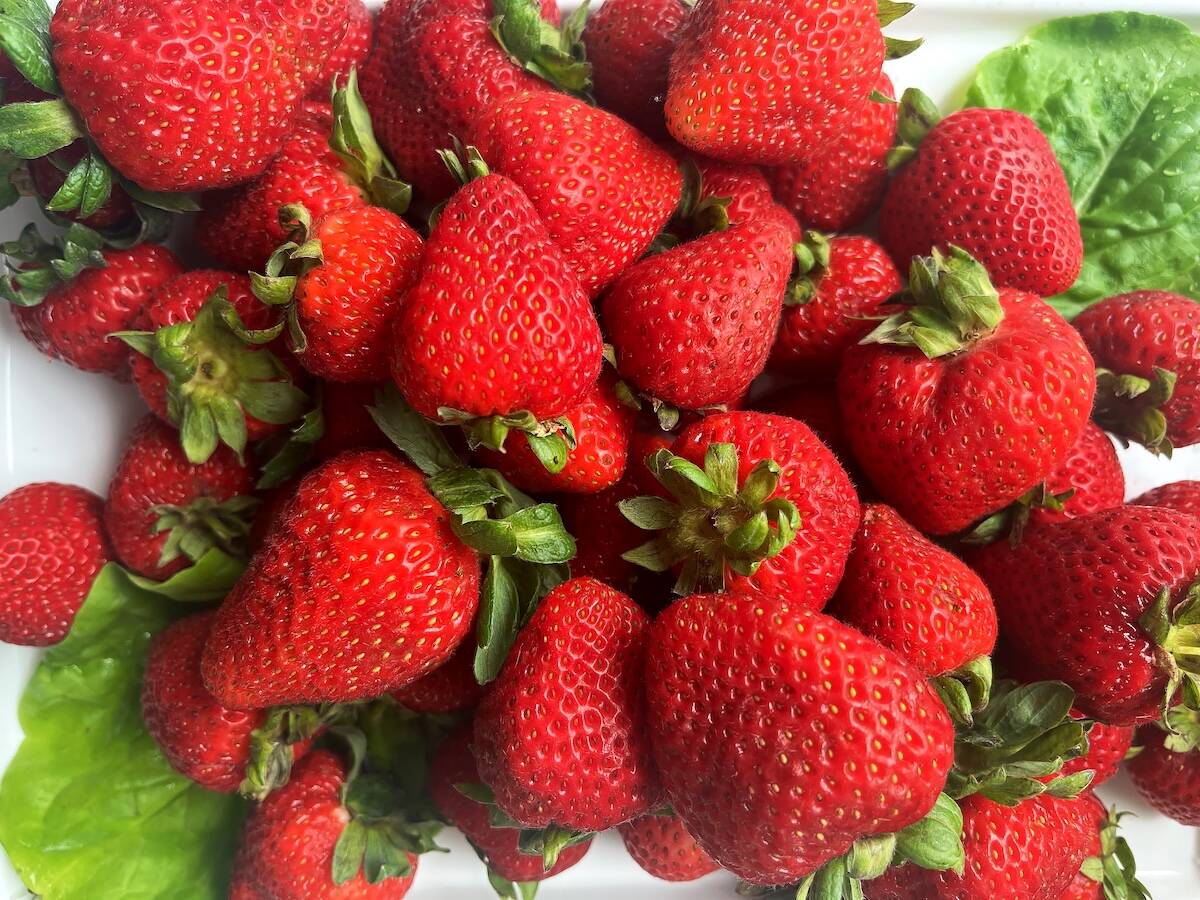
Navigating the tricky world of growing strawberries in Alberta
One Albertan fruit producer offered advice to those who are planning on growing strawberries in Alberta.
RDAR said the technology could make rotational grazing easier and more precise, improving soil health and biodiversity while reducing overgrazing and manual labour.
Virtual fencing is a smart grazing system that gives producers more control, more data and the flexibility to move paddocks in minutes instead of hours or days, said Richard Hilton, Manager of Stakeholder Relations and Communications with RDAR.
Full eligibility details and application information can be found at http://www.rdar.ca/funding-opportunities/ofcaf.


